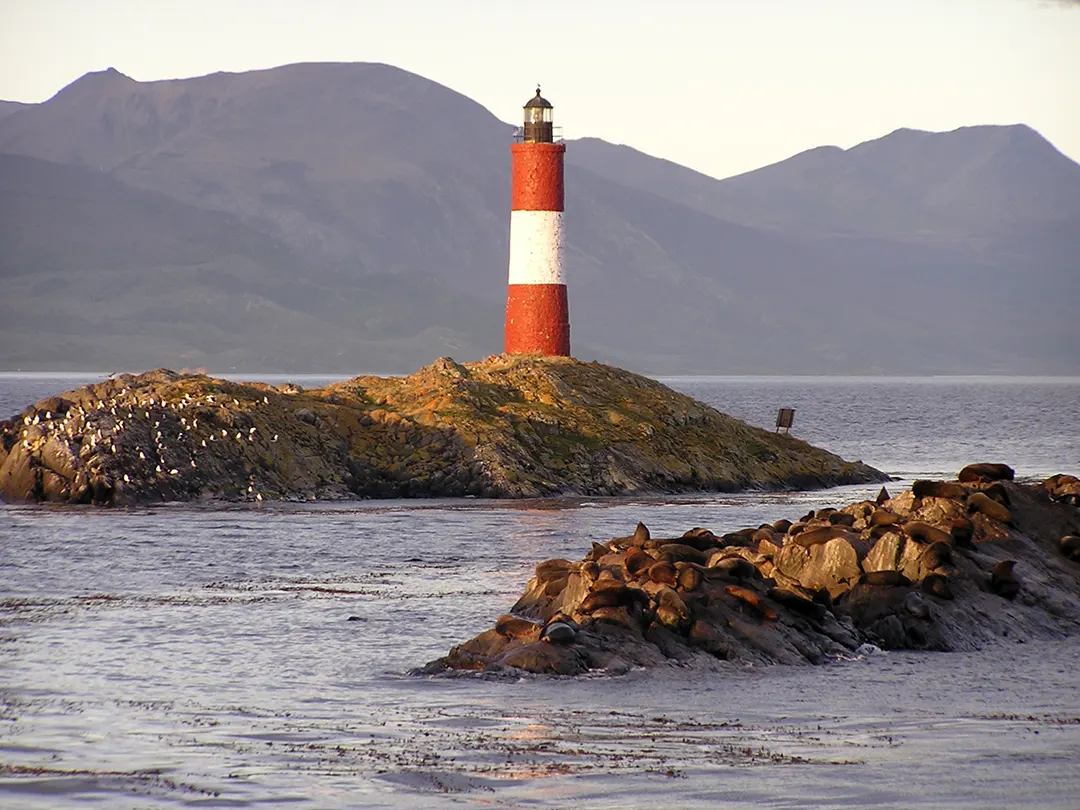
Newsletter
Enter your email address below and subscribe to our newsletter | Introduce tu dirección de correo electrónico a continuación y suscribíte a nuestro newsletter.

Enter your email address below and subscribe to our newsletter | Introduce tu dirección de correo electrónico a continuación y suscribíte a nuestro newsletter.
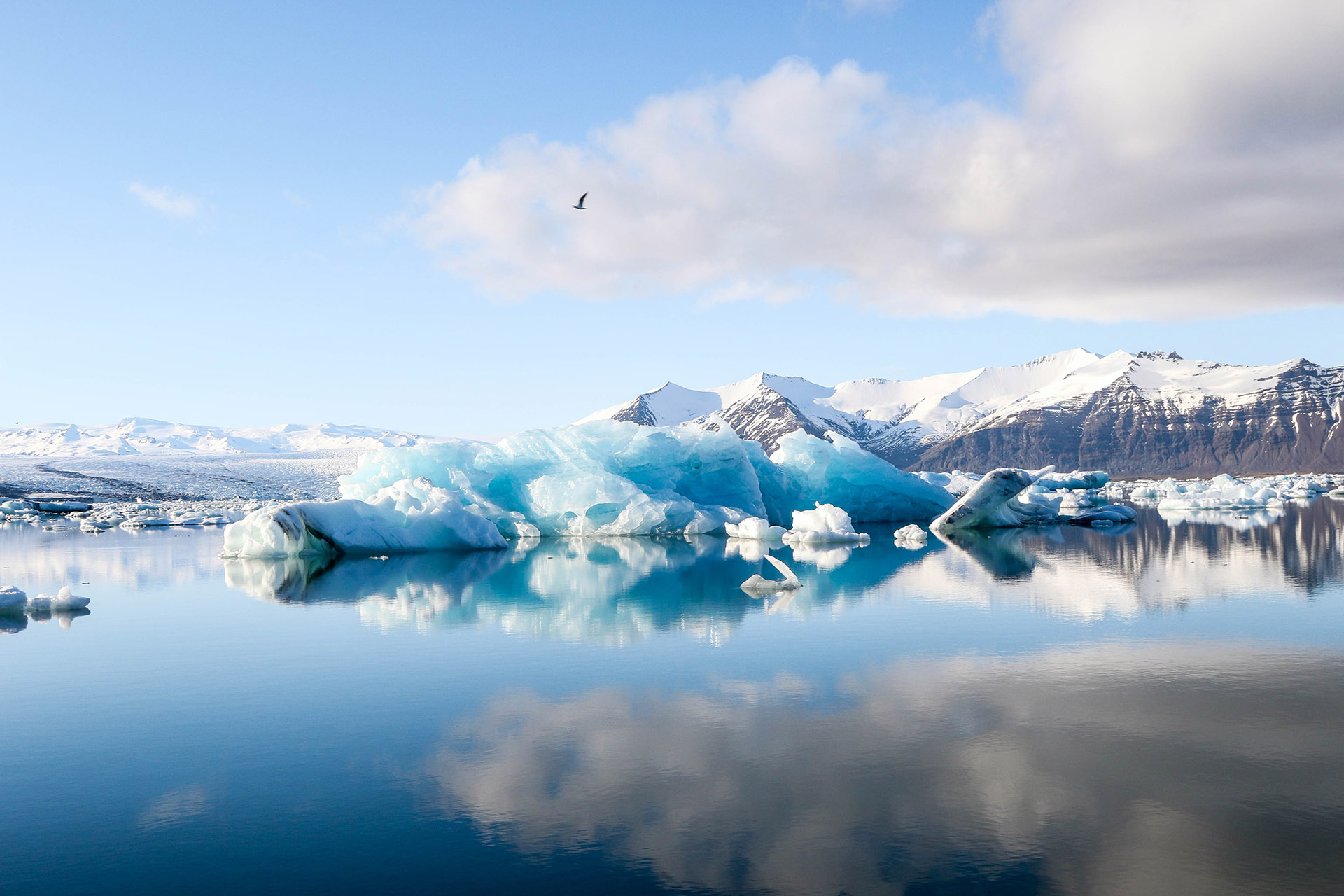
The Patagonian Ice Fields are a glacier system located in the southern region of Patagonia, shared between Argentina and Chile. This vast ice field, the third largest in the world after Antarctica and Greenland, is a natural treasure that attracts thousands of visitors each year.
Geographers refer to “ice fields” when the area covered by ice and snow is less than 50,000 km², and they speak of “continental ice” when glacial covers exceed one million km². As of the 2020s, the most important ones are those of Antarctica and Greenland. According to paleogeographic and glaciological studies, ice fields would be remnants of much larger glaciated areas formed during the last glaciation. These ice fields are the world’s main reserves of drinking water, so they have great strategic value.
The Grey Glacier, one of the glaciers that make up the Southern Patagonian Ice Field, a formation shared by Argentina and Chile.
The Patagonian Ice Fields are a glacier system located in Patagonia, a region shared between Argentina and Chile. This ice field covers an area of approximately 16,800 square kilometers and extends from Mount Fitz Roy in Argentina to Torres del Paine National Park in Chile.
The ice field is composed of several glaciers, with the most famous being the Perito Moreno Glacier in Argentina and the Grey Glacier in Chile. These glaciers are fed by winter snowfall and slowly move toward the surrounding valleys and lakes, forming imposing walls of blue ice.
The image shows the different ice fields in the Chilean part of Patagonia.
The Patagonian Ice Fields were formed thousands of years ago during the last Ice Age. During this period, the climate was colder and wetter, allowing snow to accumulate and transform into ice over time.
As temperatures increased after the last Ice Age, most glaciers in Patagonia retreated. However, due to the unique climatic conditions of the region, the Patagonian Ice Fields have persisted to this day.
A total of 49 glaciers break off from this ice field, including the Upsala (902 km²), Viedma (978 km²), Perito Moreno (258 km²) glaciers in Argentina; and in particular administration of Chile Jorge Montt, Pius XI (the largest in the Southern Hemisphere outside Antarctica, with 1265 km²), O’Higgins, Bernardo, Tyndall, and Grey.
Much of its extension is protected as it is part of different national parks: Bernardo O’Higgins and Torres del Paine in Chile and Los Glaciares in Argentina.
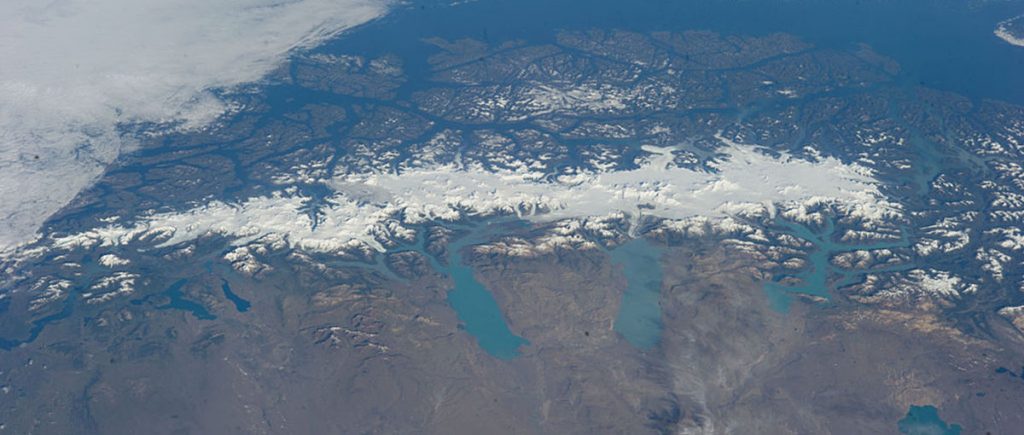
The Patagonian Ice Fields are characterized by their vast size, the beauty of their glaciers, and the diversity of flora and fauna they harbor. Some of the most notable features include:
There are several ways to visit the Patagonian Ice Fields, depending on your interests and preferences. Some of the most popular options include:

The best time to visit the Patagonian Ice Fields depends on your preferences and the activities you wish to engage in. Generally, the high season for visiting the region is between October and April, when the weather conditions are more favorable.
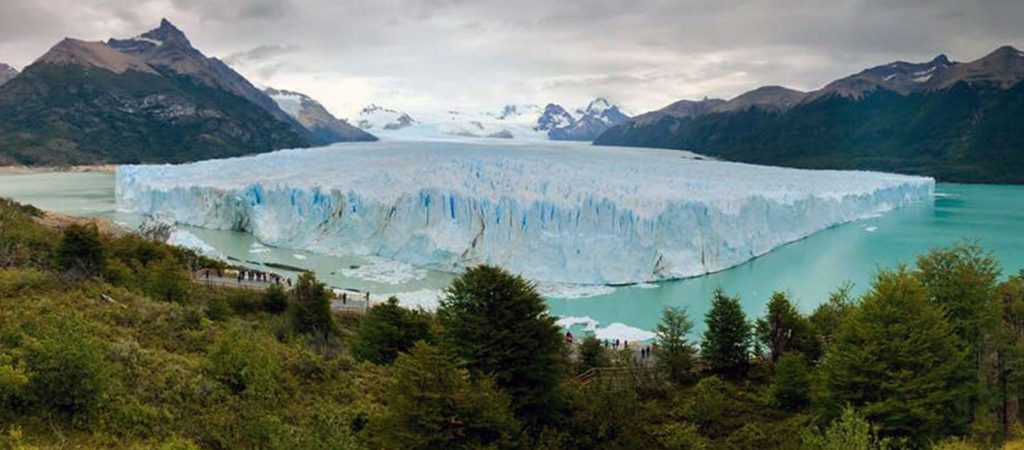
During the summer months (December to February), temperatures are warmer, and the days are longer, allowing for more hours of natural light. However, this is also the busiest season, and accommodation and transportation prices tend to be higher.
If you prefer to avoid crowds and enjoy lower prices, the spring months (October to November) and autumn (March to April) can be a good option. Keep in mind that during these months, weather conditions can be more variable, and some activities may be limited.
There are a wide variety of activities that can be done in the Patagonian Ice Fields, depending on your interests and skills. Some of the most popular activities include:
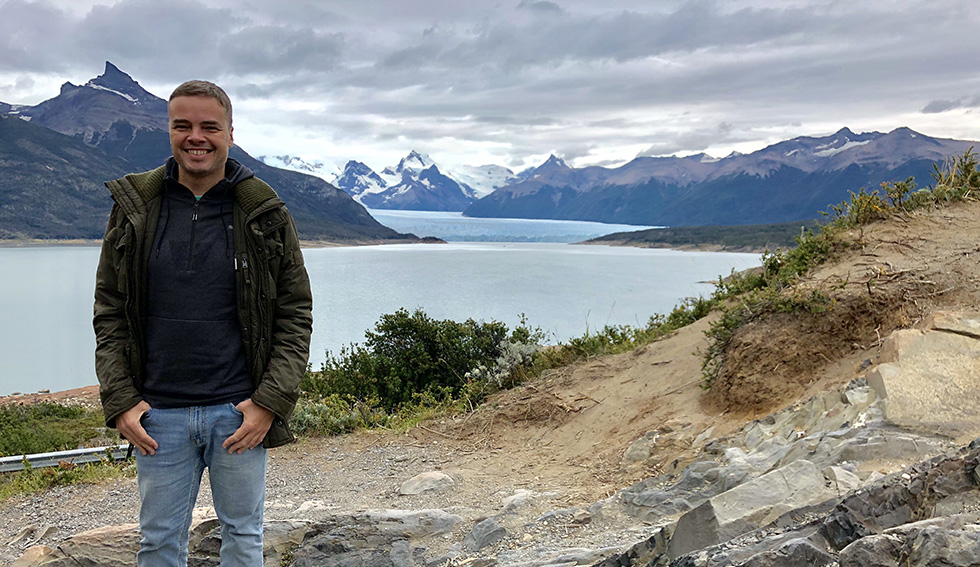
When visiting the Patagonian Ice Fields, it is important to consider some factors to ensure a safe and enjoyable experience:
The Patagonian Ice Fields are a natural wonder that deserves to be explored and enjoyed by anyone who has the opportunity to visit the region. Whether through trekking, navigation, or scenic flights, visitors can enjoy the stunning landscapes and rich biodiversity that this natural treasure offers.
However, it is important to keep in mind the considerations mentioned above to ensure a safe and enjoyable experience. With the right preparation and necessary equipment, the Patagonian Ice Fields can be an unforgettable destination for those seeking adventure and natural beauty.